Revelations From a Wine Barrel Filled With Renaissance Poo
Centuries-old latrines in Denmark drop big hints about diets, trade, and health.

The moment that researchers closed in on the wine barrels, they braced against the stench. The vessels, found at an archaeological site in Copenhagen, Denmark’s Kultorvet neighborhood, emitted a rank smell—mightily sulfuric, like an egg rotting over the course of hundreds of years. Wine wasn’t the culprit: The bottles brimmed with centuries-old human poop.
At first glance, latrines may look like trash heaps, studded with bits of brick, the odd piece of straw, and other rubbish jumbled in over time. To tell the difference between a trash-strewn latrine and a regular garbage pile, researchers sometimes analyze phosphate levels to gauge how much urine has accumulated over time. In the case of the wine barrels, though, there was no need. They were self-contained and stinky, and “there was no doubt that this was fecal material we were looking at,” says Mette Marie Hald, a senior researcher at the National Museum of Denmark.

Most latrines “are not as bad as they sound, actually,” Hald adds. “They’re more like a compost heap with rich, organic soil.” But this instance was different: When the Museum of Copenhagen excavated the barrels a few years ago, the contents inside were fine-grained and moist, almost buttery. The barrels had essentially been buried beneath an 17th-century road that bisected the neighborhood, and sealed this part of its smelly history away to stew in secret.
While the centuries-old stool has been unusually funky-smelling, it was also uncommonly well-preserved: In it, fruit pits and seeds were still intact. It was ripe for analysis, and Hald reckoned “it would be a shame” to focus solely on archaeobotanical inquiry, her field of expertise. She recruited museum colleagues and scholars from the University of Copenhagen to learn even more. Latrines are stuffed with smelly wisdom, so the team dug in, analyzing grains, seeds, fruits, bones, and parasite eggs. In a new paper published this month in the Journal of Archaeological Science: Reports, Hald and her collaborators describe the surprising nutritional, economic, and public-health revelations from centuries-old poop.

It’s hard to say exactly who squatted above the barrels, though researchers know that the latrine was situated behind a row of houses in the late 17th century. Due to the coins, tiles, and other archaeological materials found in the area, they’ve surmised that these homes may have belonged to Dutch merchants—or at least residents with a fondness for Dutch culture. Even so, “we can’t say whether the latrine belonged to one family or 10 families, or if they shared it with servants,” Hald says. The researchers can’t reconstruct a single, specific meal, either—all of the components are jumbled together, and likely spanned many tables and intestines.
But the contents do provide a partial snapshot of what a certain cluster of people—probably wealthy, well-to-do ones—ate in the 1680s. It’s also a rare chance to fact-check the written record against the decidedly more pungent one. “Around this time, we get the first recipe books in Denmark,” Hald says. “But are recipe books a proper reflection of what people actually ate?” It’s possible that Renaissance-era recipe collections were stuffed with concoctions that rarely made it to the plate. If these tomes can sometimes represent an idealized version of the palate and stomach, Hald adds, preserved poop is “sort of like an uncensored version, as it were.”

While poop doesn’t exactly help to spell out specific recipes, it does reveal the ingredients that filled shelves and larders. Hald and her team found evidence of grains (probably from bread, porridge, and beer, the authors write), as well as herring, cod, eel, pork, and a bounty of fruit and vegetables. It’s unclear whether these apples, pears, figs, and carrots would have been consumed fresh, pickled, dried, or preserved. In any case, they were a surprise to Hald, who had expected to find more along the lines of bland gruel. “I was struck by the variety, and how healthy it looked,” she says.
While some of this produce could have grown in local gardens, other fruits and spices flourish in different climes, which is why the authors suggest that this feces can also map historic trade routes. Pollen from cloves and citrus fruits (possibly bitter orange or lemon) “shows that the Kultorvet residents were not restricted to local foods, but were able to purchase often quite expensive exotic products for their meals,” the authors write. The researchers speculate that cloves’ presence indicates a connection with Indonesia, and that Dutch merchants returning home from the trading colony of Tranquebar, in India, could have stopped in the Mediterranean and picked up figs, oranges, and lemons along the way.

As a snapshot of what’s living inside a gut, poop offers a picture of public health, too. The researchers found proof of parasites in the stool, in the form of roundworm, whipworm, and tapeworm eggs. When parasites are found in soil around streets or homes, it can be unclear if they infected humans or the animals that lived nearby, explains Piers Mitchell, a paleopathologist and senior research associate in the department of archaeology of the University of Cambridge, who was not involved in the research. “The most reliable evidence for human infection by intestinal parasites comes from latrines,” he says. “Some parasites can infect both humans and animals, but only humans sit on a latrine.” Based on the presence of parasite eggs, Hald and company also concluded the latrine’s users ate food that was commonly “contaminated and undercooked.”
Next, Hald will analyze the contents of 10 other latrines scattered across a few different towns in Denmark. If the study in Copenhagen offered a peek into the habits of a well-to-do merchant family in the Renaissance age, these others will extend that glimpse farther into the past, and broaden that view. Hald wonders what sorts of differences might emerge across geography and class, and whether samples from the 1400s or 1500s might also reveal traces of cloves, citrus, or other things that would suggest even earlier trade routes. Who consumed fresh fruit, and where, and when? “We don’t know yet,” Hald says. But the answer may be there, if someone is willing to sift through a bunch of crap.
Gastro Obscura covers the world’s most wondrous food and drink.
Sign up for our regular newsletter.




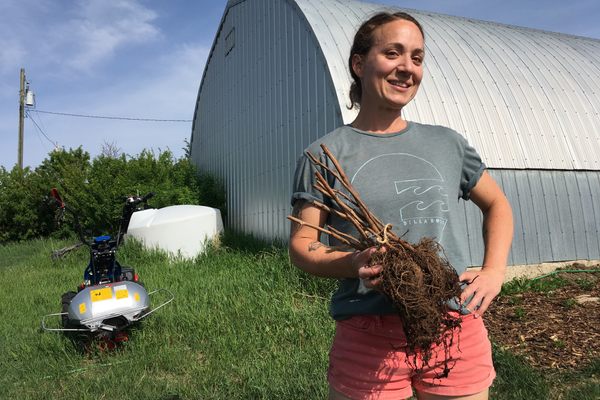

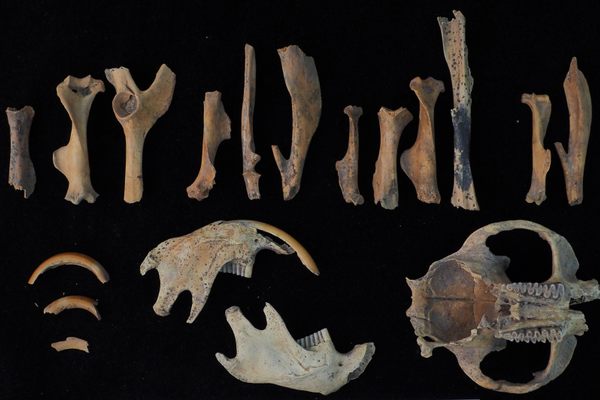
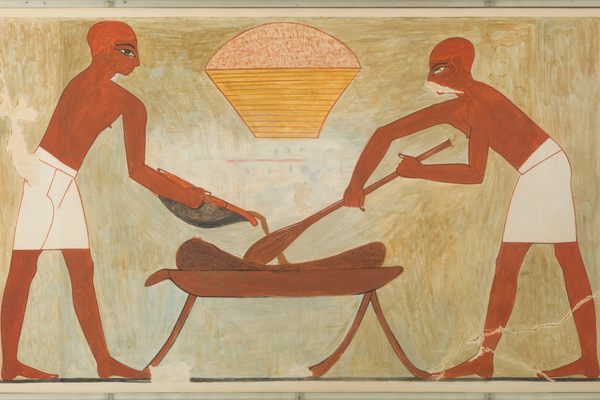
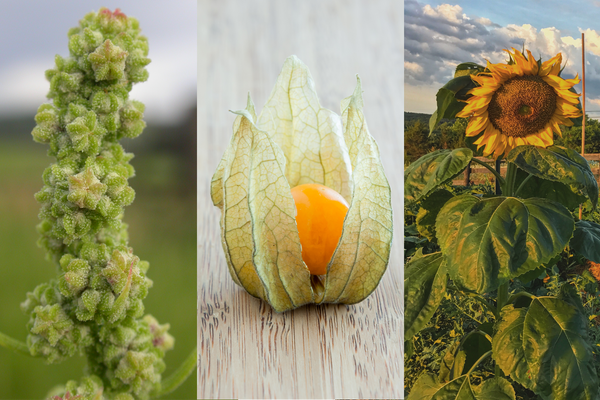
























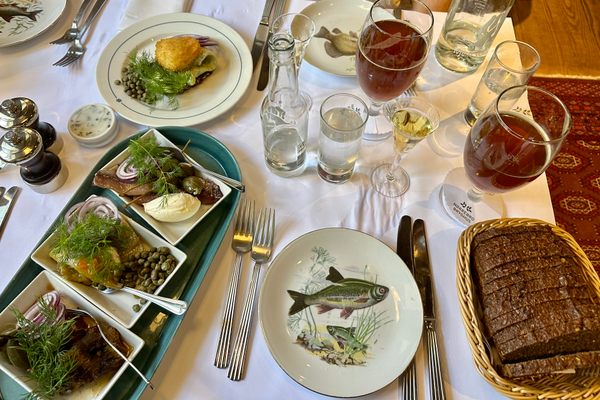




Follow us on Twitter to get the latest on the world's hidden wonders.
Like us on Facebook to get the latest on the world's hidden wonders.
Follow us on Twitter Like us on Facebook